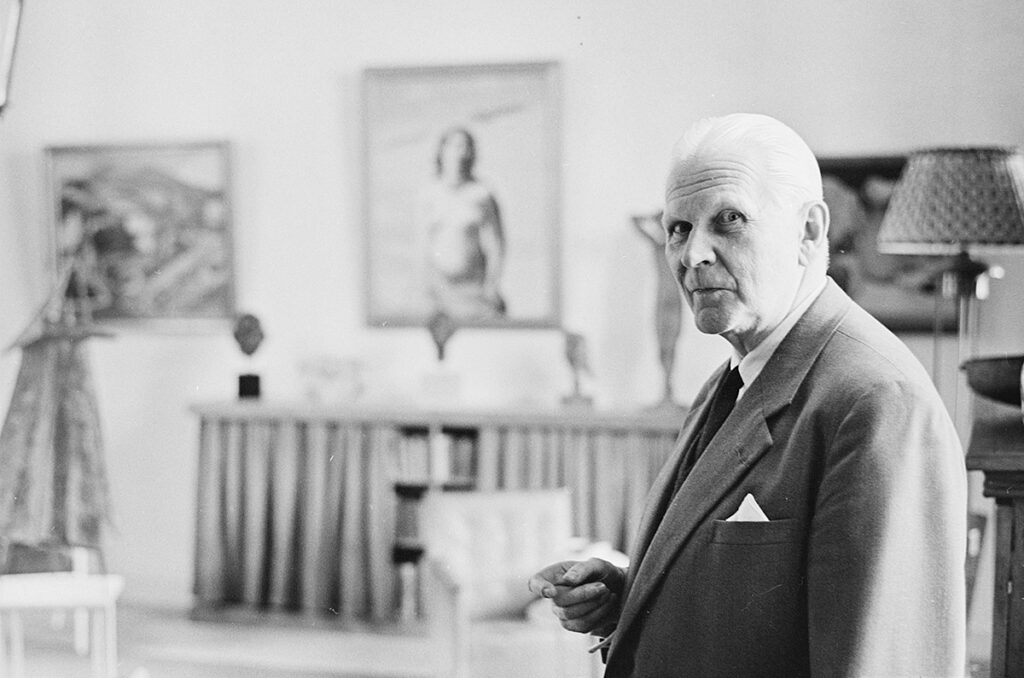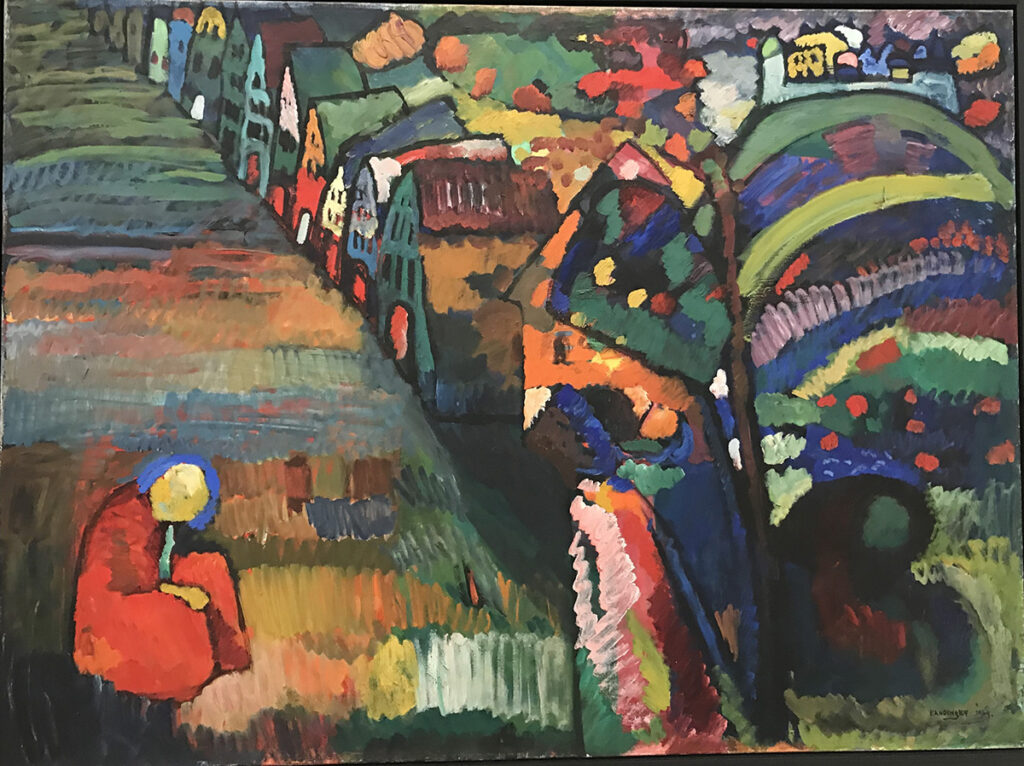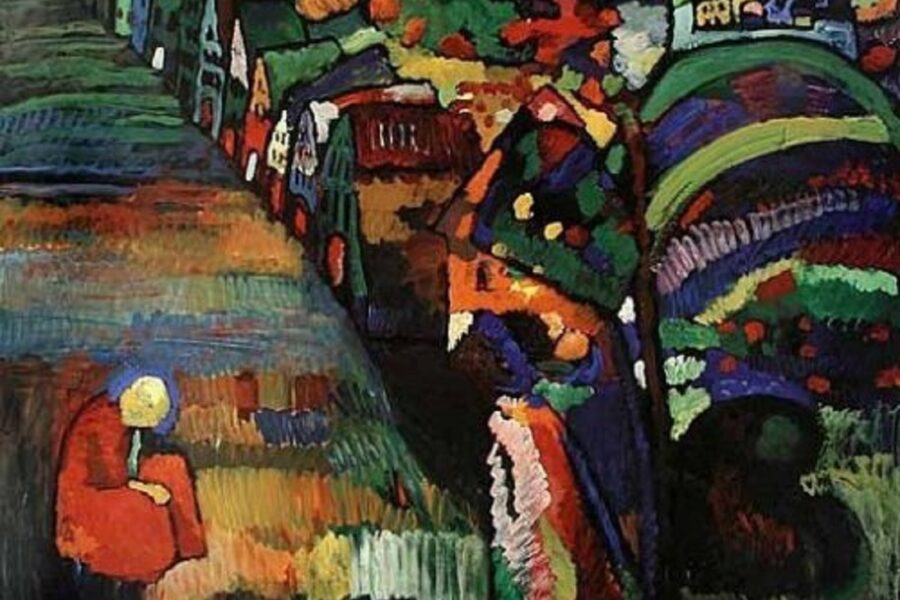
Nov. 11, 2018, by Nina Siegal — Excerpt
“ROTTERDAM, the Netherlands — In 1943, an official of an art clearing house the Nazis set up in the Netherlands to sell looted Jewish property, approached the director of the Boijmans Museum in Rotterdam. He had four works he wanted to sell, including a lovely oil painting,”
“But Mr. Hannema, who served as the top museum official for the Dutch shadow government set up by the Nazis, must have known what sort of ugly business the art clearing house, the Mühlmann Agency, was up to, historians say.”
“Though Mr. Hannema’s relationship with the Germans has been previously recognized by historians, the details of his collaboration are being revisited these days as part of a sweeping review by Dutch museums of their war-era record. In a recent report, the Netherlands Museum Association announced that after a decade of research, Dutch museums have so far discovered 172 artworks in their collections with problematic histories, suggesting they may have been looted or sold under duress. Thirty of those works are in the Boijmans collection, though museum officials say they were acquired after Mr. Hannema left as director.”
“Under the Dutch system, the return of looted works is handled by a government-appointed panel, the Dutch Restitution Committee…since it was established in 2003, the panel has recommended the return hundreds of looted works of art, including 202 works from the collection of the Dutch-Jewish art dealer Jacques Goudstikker.”
“These efforts have been commended, but critics like James Palmer, the founder of Mondex Corporation, an art recovery company based in Toronto, said restitution claims by rightful heirs are still often stymied. He points to the Dutch committee’s recent rejection of a claim by the heirs of a Jewish couple, Irma Klein and Robert Lewenstein, for a Wassily Kandinsky painting, “Bild mit Häusern” (“Picture With Houses,” 1909), which is in the collection of the Stedelijk Museum in Amsterdam.”

“The Stedelijk had identified the painting as one of 15 works with a “possibly problematic provenance.” But the committee conducted further research and on Nov. 1 announced its binding conclusion that the museum was not obliged to return it. The committee found that the family had voluntarily cooperated in the October 1940 auction of the painting to the Stedelijk. Mr. Palmer, who represents the Lewenstein heirs, however, says there is no evidence that this is the case.”
““This is the systematic approach they’ve been taking against Jewish claimants for decades, and they continue to do this, and it’s incomprehensible,” he said.”
This is an excerpt from this New York Times article. Full article through this link:https://www.nytimes.com/2018/11/11/arts/design/in-a-netherlands-museum-director-the-nazis-found-an-ally.html?searchResultPosition=43


